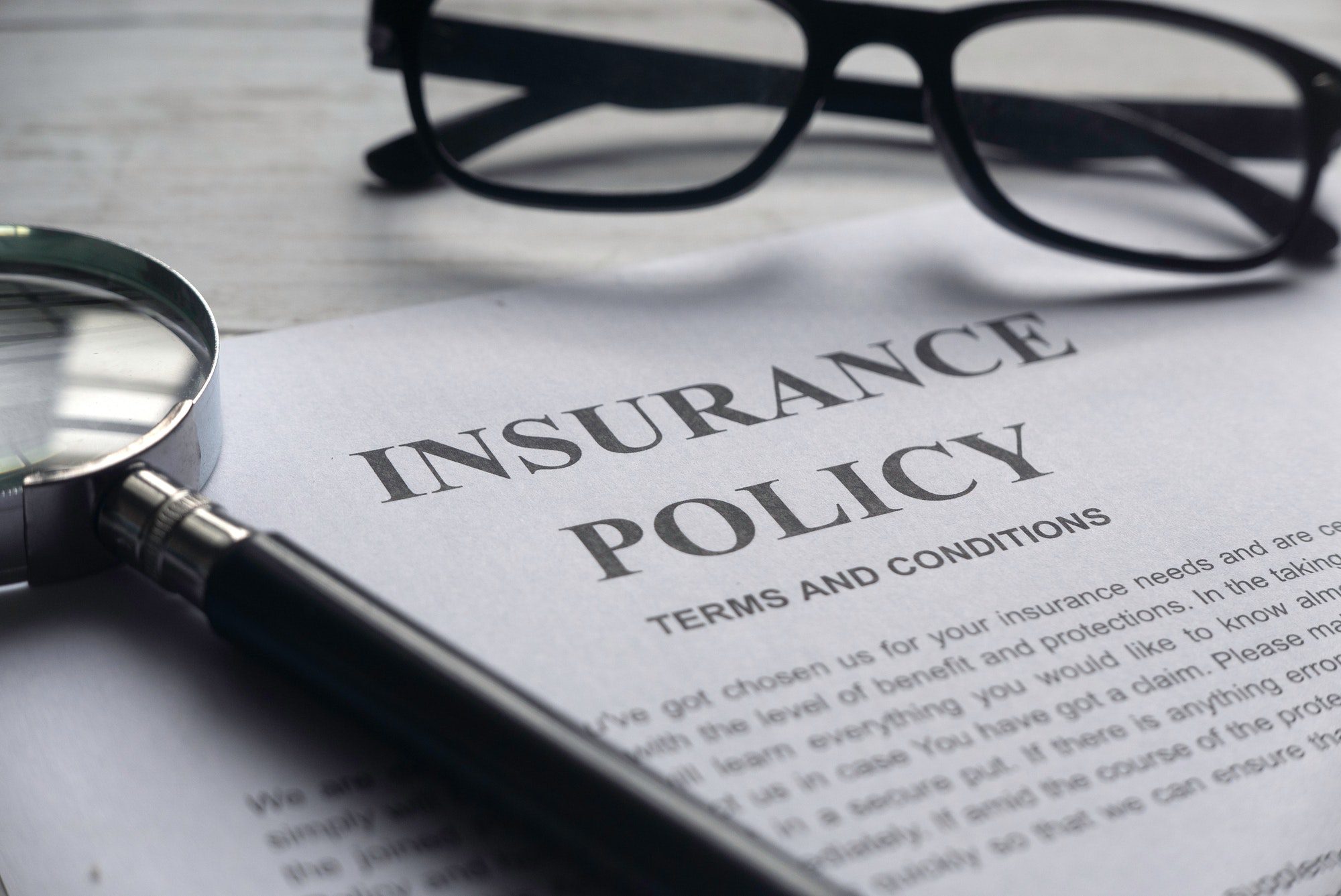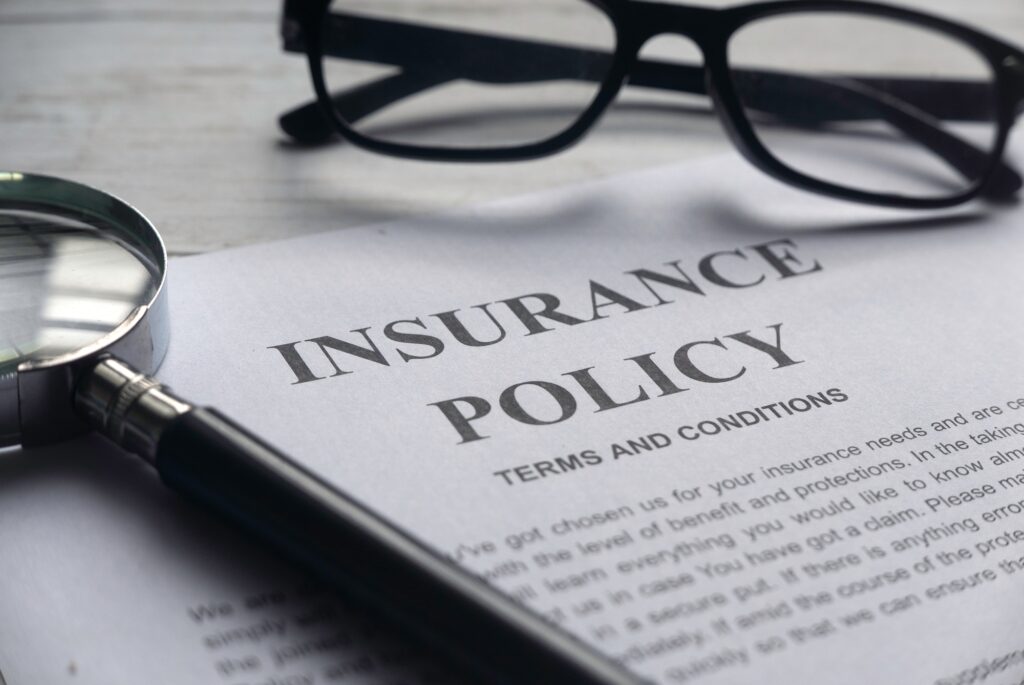
If you find yourself in the unfortunate situation of having to file a claim on your homeowner’s policy only to find out that the claim has been denied, it is critical that you know what to do next. You may feel compelled to lash out at your agent, the adjuster, or anyone else involved in the process. However, it is critical that you remain calm and collected in order to review the entire situation logically.
This guide will help you understand what may have caused your claim to be denied and what you can do to successfully dispute the claim.
Why would your homeowner’s insurance company deny your claim?
You must first understand that insurance couriers routinely deny policy claims, implying that it is not a personal matter. Sometimes there is a legitimate reason why the claim was denied, and other times it is simply human error.
As a result, they may have made a filing error, misread the terms of your policy, or someone inexperienced or new at the insurance industry handled your claim but did not fully comprehend it.
So, it is critical that you keep detailed and accurate records of all forms of communication with anyone in the company regarding your policy and loss. This includes the insurance company, witnesses to the loss, and any other expert you have sought advice from. As a result, keep a record of every phone call, face-to-face meeting, and email you send or receive while filing your claim.

Nonetheless, here are the most common reasons why your homeowner’s insurance claim was denied.
The current status of your deductible
A deductible is included in your homeowner’s insurance policy. A deductible is an amount you agree to pay in the event of a claim. As a result, if the amount equivalent to your damage or loss is less than the deductible, your insurance policy does not provide adequate coverage for that claim. Typically, most homeowners have $1000 – $2500 deductibles.
Furthermore, the deductible for hail or wind claims is typically higher than for other types of deductibles. As a result, you should carefully read your policy to understand the nature of both your Wind-Hail deductible and your All Perils deductible. Hurricane deductibles are a percentage of your overall dwelling property coverage.
Perils Covered
One of the most common misconceptions is that insurers will cover all types of home damage. This is not true. You should be aware that your policy is only intended to cover a sudden loss with an immediate source of damage. As a result, in your policy, the unexpected loss is referred to as an occurrence, while the immediate source of damage is referred to as a peril.
Perils are the source of the recent loss or damage. This implies that perils such as wind, lightning, theft, and fire are all considered. As a result, different perils are covered by different policies. For example, the three types of policies are as follows:
- Basic (DP1 or HO1) – This policy can cover 11 categories of potentially dangerous situations or 11 named perils.
- Broad (DP2 or HO2) – this policy covers 11 different types of bad situations, or 16 Named Perils.
- Special (DP3 or HO3) – Unless specifically excluded, this policy covers all types of perils.
As a result, in order for your claim to be covered, the insurance company’s adjuster must come out and verify that there was indeed a sudden loss (occurrence) caused by a peril covered by your policy. And unless your policy is a HO3 that covers everything, there are likely to be perils that are not covered by your policy.
Exclusions & Limitations
Some items may be excluded or restricted under your home insurance policy. Earthquakes, floods, and sump overflow or water backup are some of the more common exclusions.
Hail, hurricanes, and wind are frequently excluded in coastal states. Similarly, this danger is not present in areas where wildfires are common. Nonetheless, these exclusions can be covered separately for a fee.
As a result, if either of these perils strikes you, your claim may be denied because they are covered by your policy.
Current insurance policies will also include hidden limitations for claims. The most common limitation in today’s market are Limited Water Damage that can often limit compensation to $10,000.00
Your liability insurance
Liability coverage is a type of insurance that you purchase to protect yourself in the event that bad things happen to other people as a result of you or your actions.
This is common when you hire someone to do work on your property.
Home cleaners, tree trimmers, and landscapers are just a few examples of people who could come to your home and cause damage.
When this occurs, they are held liable. This means that their policy should cover the costs of the damage because yours may refuse to accept responsibility. As a result, it is critical to only hire people who have liability insurance.

Maintenance vs. Occurrence
A homeowner’s policy typically does not cover necessary home maintenance. For example, if your roof is old and leaking, you will have to replace it yourself rather than having the company do so.
This is due to the fact that insurers cover adverse events (perils) that may cause damage to your home. As a result, your home insurance policy will not cover home maintenance.
Nonetheless, even if you have done everything required, your claim may be denied. If you believe you are being taken advantage of, do not accept it. Many people feel powerless and move on grudgingly. The truth is that there are simple steps you can take to obtain fair compensation.
Claim disputes can be too complicated for the average person to handle without the assistance of public adjusters. As a result, before hiring an adjuster, try this do-it-yourself guide.
Make sure you understand the coverage you purchased.
The majority of claim disputes stem from misunderstandings about what your homeowner’s policy covers. Before you throw a fit because of the claim denial, go through your homeowner’s policy to ensure that you are indeed covered for the damage in question, as well as the dollar limit of your coverage.
You’ll be able to tell whether you’re covered for that damage if you know what you’re entitled to under your homeowner’s insurance policy. If this process seems confusing or difficult, then you should contact a public adjuster.
Examine your claim
Once you’ve determined where your insurer stands, gather all documents that may be useful in your case.
If you are still unsure as to why your claim was denied or the settlement amount was lower than expected, speak with your local trusted public adjusting firm.
Consider getting a second opinion.
If you are certain that your carrier is underpaying you, you should consider having a home insurance adjuster or appraiser provide you with an independent estimate. A trusted adjuster will be able to interpret your policy, analyze your claim, and create a plan to get you properly compensated for your property claim.
The cost of hiring a public adjuster is usually on a contingency fee basis, meaning that you do not have to upfront representation costs. Public adjuster’s should also only get paid if the insurance claim is paid; No recovery, No fee.
Also, keep in mind that the second professional opinion could either confirm that your carrier’s proposed settlement is correct, or it could assist you in finding some loopholes that you could use to get a better settlement.
If you are fortunate enough to fall into the latter category, you can use the independent public adjuster’s findings to strengthen your case. Contact the claims department once more and inform them of the independent estimate.
Appeal your denial politely.
If the insurer refuses to budge, make an appeal to them. Prepare a letter to your adjuster now that you have all of your documents ready. In the letter, explain briefly how you are perceiving everything and include all evidence that supports your point of view. Request that they re-evaluate the claim.
Request that they respond to you within a certain time frame, such as ten days. Use the certified-mail option at the post office to ensure that you have an accurate record of the exact days that your letter was sent and received. Send a copy of this letter, as well as the other documents supporting your case, to your adjuster’s supervisor.
One thing to remember is to remain calm, collected, and polite even if you are enraged on the inside. Do not be adversarial or threaten to hire a public adjuster, as your carrier may decide to go the legal route.
Make a formal complaint and retain the services of a Public Adjuster.
Claim denials and disputes are a common occurrence throughout the insurance industry. As previously stated, the majority of them arise as a result of misunderstandings about what the policy covers. As a homeowner, you must thoroughly review the policy before purchasing it. This will help you understand what you’re getting yourself into. Furthermore, become acquainted with all of the terms used in the policy agreement, as these are the same phrases that will be used against you if you are dissatisfied with your settlement or your claim is denied. However, if you have done everything by the book and are still feeling shortchanged, systematically follow the steps outlined above and you should be able to reach a more equitable resolution.
If you need help, Trusted Public Adjusters is here for you!
